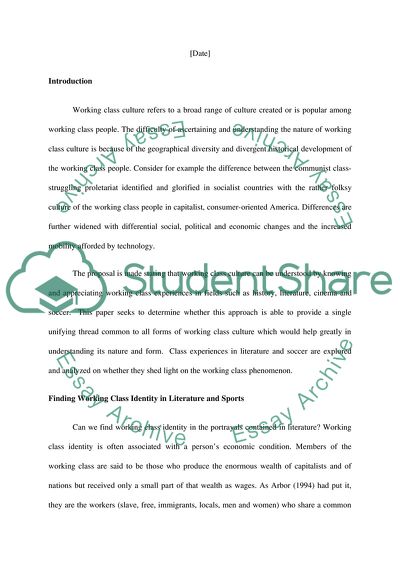Cite this document
(Deciphering Working Class Culture thru Class Experiences in Literature Coursework, n.d.)
Deciphering Working Class Culture thru Class Experiences in Literature Coursework. https://studentshare.org/education/1565509-exploring-working-class-culture-experience-representation-and-change
Deciphering Working Class Culture thru Class Experiences in Literature Coursework. https://studentshare.org/education/1565509-exploring-working-class-culture-experience-representation-and-change
(Deciphering Working Class Culture Thru Class Experiences in Literature Coursework)
Deciphering Working Class Culture Thru Class Experiences in Literature Coursework. https://studentshare.org/education/1565509-exploring-working-class-culture-experience-representation-and-change.
Deciphering Working Class Culture Thru Class Experiences in Literature Coursework. https://studentshare.org/education/1565509-exploring-working-class-culture-experience-representation-and-change.
“Deciphering Working Class Culture Thru Class Experiences in Literature Coursework”. https://studentshare.org/education/1565509-exploring-working-class-culture-experience-representation-and-change.


